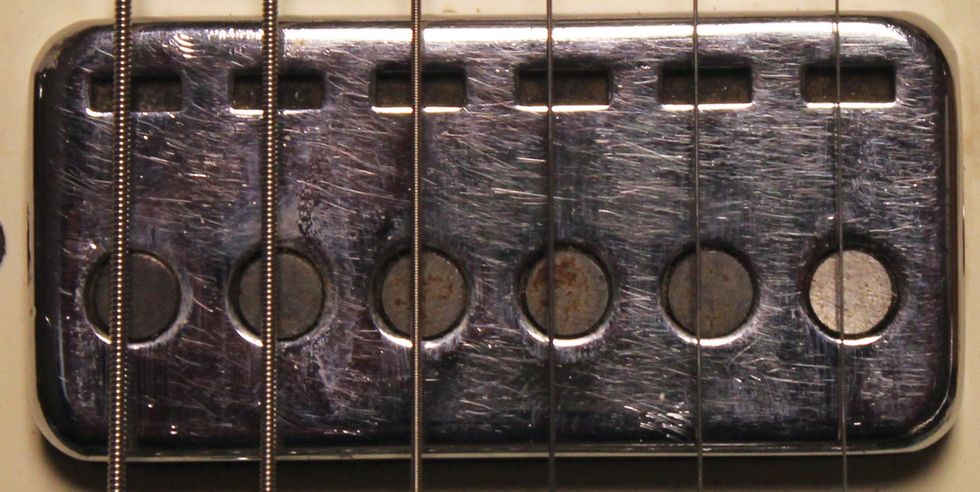For so many players, Stratocasters, Telecasters, Les Pauls, SGs, and a few other enduring models have become standards for tone and performance. I call this “comfort of the known.” In my youth, I used to get really aggravated by the lack of variety in guitar design, but now, in my middle age, I don’t get so exercised about it. Instead, I’m drawn to guitars that offer intriguing variations on “known” themes.
For instance, take the Fender Telecaster—one of the first solidbody electrics. There weren’t many outright copies of the Telecaster in the early 1960s, but in late 1968, this odd interpretation (Photo 1) appeared for a limited time and in limited quantities. When I saw this slightly enlarged, cooler, stranger version, I dug it. If you’re a guitar traditionalist who longs for a bit of flair, you might find this slightly crazier take on the Tele appealing.
This Japanese electric took some design cues from the original, but then, in typical vintage Japanese fashion, the designers exaggerated some of the lines and curves to create something akin to a rolling wave on that upper bout. And check out that lovely shade of blue. For whatever reason, light blue was a rather rare color on vintage Japanese electrics, which makes this model all the more special.
There were actually two versions of this guitar made at the time—one by FujiGen (which primarily carried a “Greco” nameplate) and one made by Matsumoku (usually branded as “Aria”). The two models were mostly similar, except for differing tremolo units, headstock shapes, and pickups. The Aria/Matsumoku version was called the 2000T and the Greco/FujiGen version was known as the KF190, but the name KF190 is commonly used for both models. Matsumoku and FujiGen were only a few miles apart in the city of Matsumoto, so it’s easy to imagine that the designers and builders exchanged ideas and helped each other out. According to old catalogs, FujiGen also produced a matching bass, but I’ve never seen one.
This is the Matsumoku/Aria version that features the all-in-one tremolo/bridge unit that Matsumoku used for many years and was designed in-house by Norikatsu Harayama, who eventually started his own guitar company called Jaramar and made some of those ultra-thin early-’80s shredder necks. With its flat, thin profile, the neck on this Aria is probably a precursor to the shredder neck. Alas, this guitar is missing its cute Aria headstock badge, which featured an adorable faux diamond inlay.
Photo 2
The pickups on this 2000T (Photo 2) measure in the 9k range and have a lot of sizzle and sound super aggressive. I believe they were copies of Höfner pickups that must have been all the rage at that time, because many Japanese makers were using similar pickups on other models.
These fetching T-style spin-offs are very hard to find in any part of the world these days, and because they were made at the end of the guitar boom, neither model seemed to be very popular. At that time, it was probably easier to score an original ’60s Fender!
See this rare light-blue 1969 Aria demoed by Mike Dugan.














![Rig Rundown: Russian Circles’ Mike Sullivan [2025]](https://www.premierguitar.com/media-library/youtube.jpg?id=62303631&width=1245&height=700&quality=70&coordinates=0%2C0%2C0%2C0)





